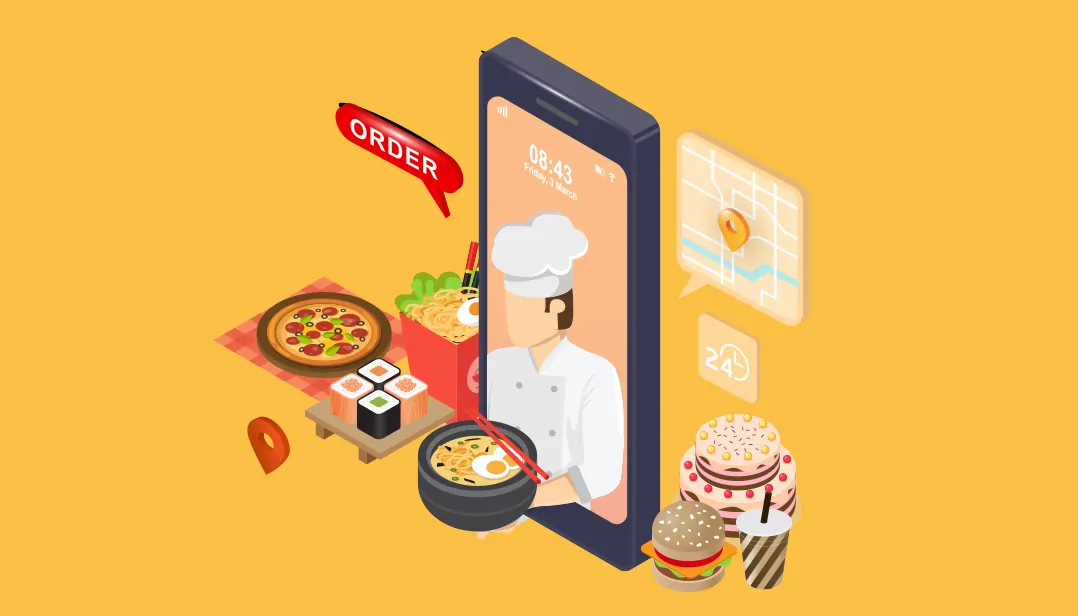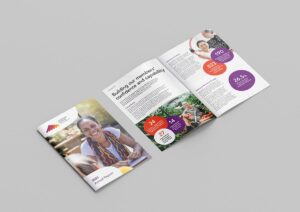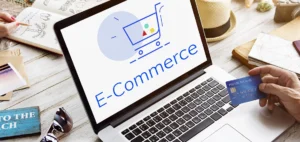
In recent years, the food delivery industry has witnessed exponential growth, driven by evolving consumer preferences and advancements in mobile technology. Whether you’re an entrepreneur looking to capitalize on this booming market or a restaurant aiming to expand your reach, developing a food delivery app can be a lucrative venture. This guide will walk you through the essential steps involved in food delivery app development, from conceptualization to launching your app into the market.
1. Understanding the Market and Target Audience
Before diving into development, it’s crucial to conduct thorough market research. Identify key players in the food delivery industry, analyze their strengths and weaknesses, and pinpoint any gaps or opportunities. Understanding your target audience — their preferences, behaviors, and pain points — will help shape the features and functionalities of your app.
2. Defining Your Unique Value Proposition
What sets your food delivery app apart from competitors? Define your unique value proposition (UVP) — whether it’s offering faster delivery times, a wider selection of cuisines, superior user experience, or innovative features like personalized recommendations or loyalty programs. Your UVP should resonate with your target audience and address their needs effectively.
3. Planning and Designing Your App
a. Feature Set:
- User App: Registration/login, restaurant search and selection, menu browsing, order placement and tracking, secure payment options, ratings and reviews.
- Restaurant App: Menu management, order notifications, inventory management, performance analytics.
- Delivery Partner App: Accept/reject orders, navigation assistance, earnings tracking.
- Admin Panel: Dashboard for managing users, restaurants, orders, payments, and analytics.
b. Wireframing and Prototyping:
- Create wireframes and prototypes to visualize the app’s structure, user flow, and interactions. This step helps identify potential usability issues early on and refine the user experience.
4. Choosing the Right Technology Stack
Selecting the appropriate technology stack is crucial for the performance, scalability, and security of your food delivery app. Consider factors such as platform (iOS, Android, or cross-platform), backend infrastructure (cloud-based solutions for scalability), programming languages (Swift, Kotlin, JavaScript), and third-party integrations (payment gateways, geolocation services).
5. Development Process
a. Frontend Development:
- Develop intuitive and visually appealing interfaces based on the finalized design. Ensure seamless navigation and a responsive layout to enhance user experience across different devices.
b. Backend Development:
- Build a robust backend infrastructure to handle user requests, manage data (user profiles, restaurant menus, orders), process payments securely, and integrate with external APIs (maps, payment gateways).
6. Testing and Quality Assurance
Thorough testing is essential to identify and rectify bugs, usability issues, and performance bottlenecks before launching your app. Conduct functional testing (feature testing, user flows), compatibility testing (across devices and platforms), performance testing (load times, responsiveness), and security testing (data encryption, secure transactions).
7. Deployment and Launch
a. App Store Submission:
- Prepare your app for submission to app stores (Apple App Store, Google Play Store). Ensure compliance with platform guidelines, including app content, security measures, and user privacy policies.
b. Marketing and Promotion:
- Generate buzz around your app through digital marketing channels (social media, influencer partnerships, content marketing). Highlight your UVP and benefits to attract users and drive app downloads.
8. Post-Launch Optimization and Support
The launch of your food delivery app marks the beginning of a continuous improvement cycle. Gather user feedback, analyze app performance metrics (user engagement, conversion rates), and iterate based on insights gained. Regular updates, feature enhancements, and proactive customer support are essential to maintaining user satisfaction and staying competitive in the market.
Conclusion
Developing a successful food delivery app requires careful planning, strategic execution, and a deep understanding of market dynamics and user preferences. By focusing on delivering value, optimizing user experience, and leveraging technology effectively, you can create a compelling app that delights users and drives business growth.
























